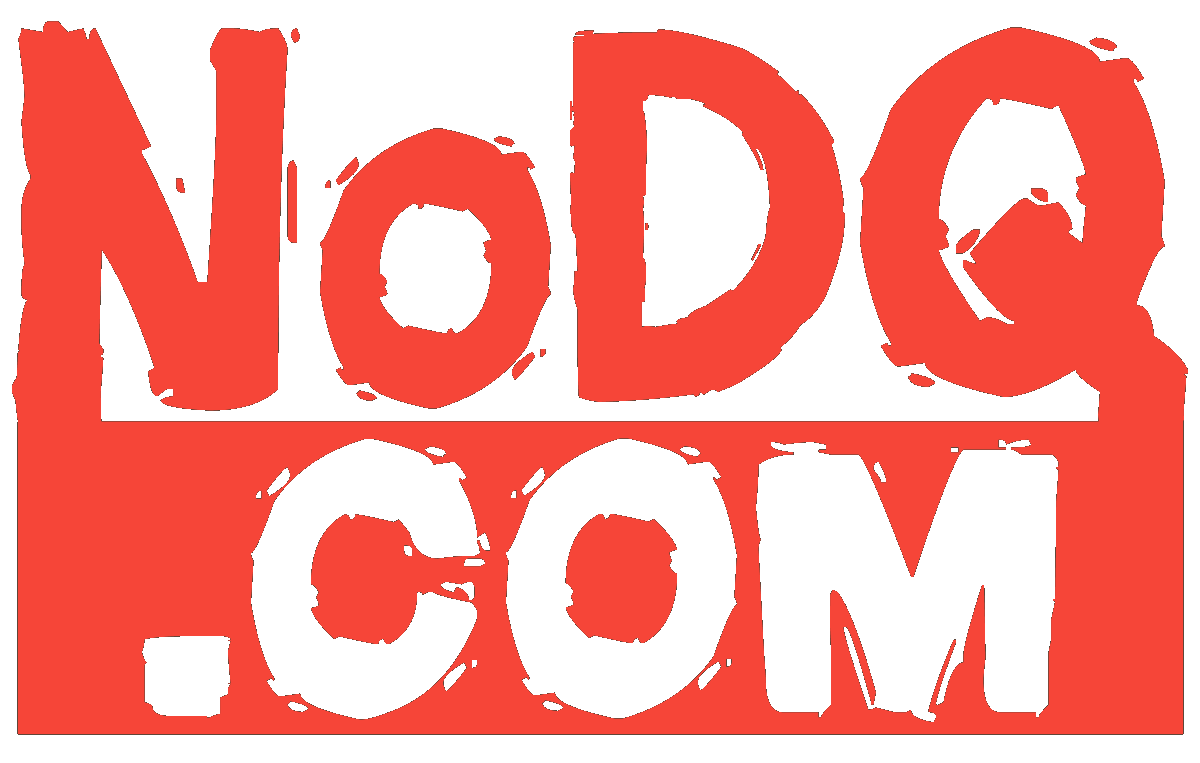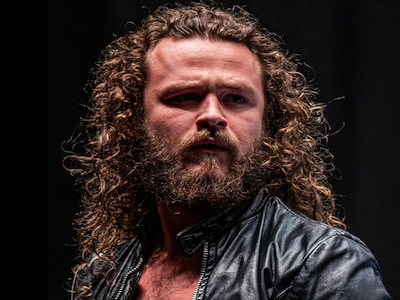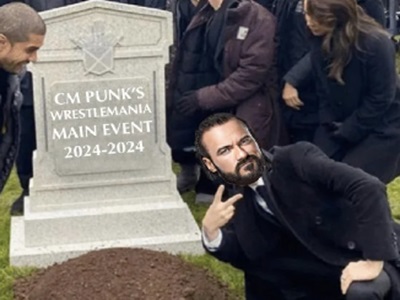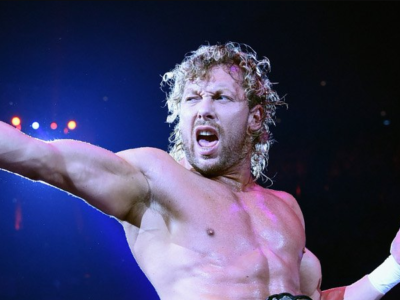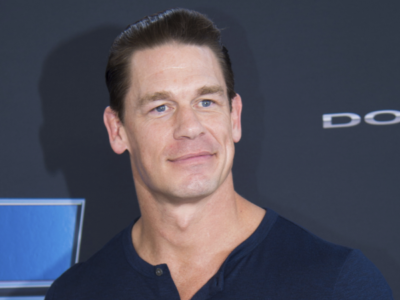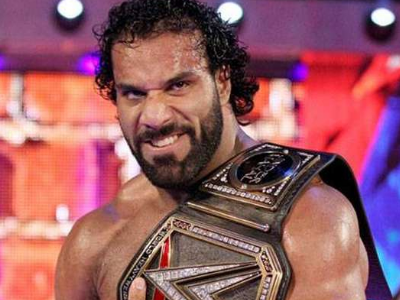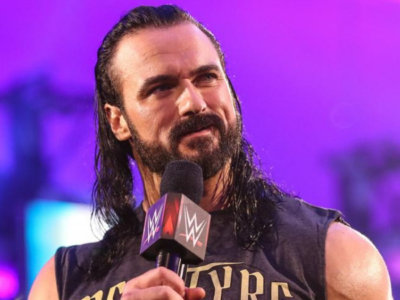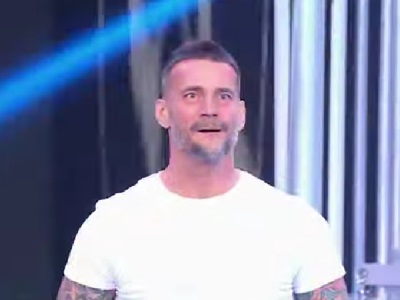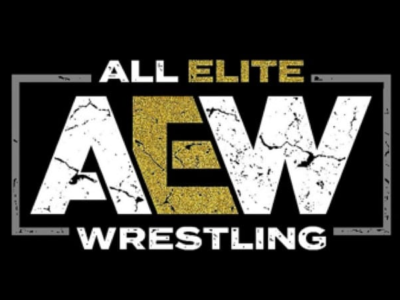The Problem with Factions in AEW
Feuds, matches and angles in professional wrestling are built around storylines that explain why two people want to fight each other, and they serve to get fans invested in how events play out in the ring.
And everything else, from the individual characters to tag teams and factions, are more compelling when the audience knows what motivates them and what brought them together in the first place.
While AEW has, essentially from the start, certainly had an abundance of factions, the promotion has suffered from a deficiency of stories to explain why groups of wrestlers chose to work together.
The most memorable factions in wrestling history have coalesced around either a common cause, common character traits or an actual storyline.
A Common Bond
Consider the following:
- The Four Horsemen – at the time, Ric Flair, Arn and Ole Anderson and Tully Blanchard with J.J. Dillon – all held championships when Arn, along with the other members, went out on television to promote an eight-man tag match and said, apparently off the top of his head, that “never have so few dominated everyone else,” according to J.J. Dillon’s recollection. “You’d have to go back in the history books to the Four Horsemen of the Apocalypse, and he held up four fingers.” They were bonded together by the gold and their self-proclaimed, unrivaled greatness, and similarly, the later Evolution stable, consisting of Flair as the elder statesman, Triple H as the leader, and Bautista and Randy Orton as representatives of the new crop of talent, were also noted for their stylish presentation and swagger and were a kind of updated version of the Horsemen.
- The Fabulous Freebirds – Michael P.S. (Purely Sexy) Hayes, Terry Gordy and Jimmy Garvin – were a hard rock-based faction credited with being the first group to use intro music and the first three-man tag team group.
- Before all the nonsensical offshoots and rampant overpopulation, the original Outsiders and New World Order in WCW were foundationally based on a hostile takeover storyline, whereby the NWO disrupted matches, interrupted the commentary team and created their own ad spots.
- Similarly, The Dangerous Alliance, under the leadership of Paul Heyman – Paul E. Dangerously at the time – was a group of heels who would, as Heyman said in a promo, bring “WCW down to its knees.” The faction is noteworthy because its hostile takeover storyline predated the NWO.
- The Nexus faction was originally conceived as frustrated talent from the original season of NXT coming to the main roster to demand WWE contracts.
- Degeneration X, which grew out of The Kliq, represented the late 1990s politically incorrect counterculture and served as a kind of young, rebellious alternative to more straight-laced factions like The Hart Foundation, which was Degeneration X’s first rival.
- The original impetus behind The Shield, which donned paramilitary-style outfits, was that they were hired guns for CM Punk and The Authority.
- Groups like The Hart Foundation and The Bloodline share familial roots. The Bloodline, one of the WWE’s strongest storyline arcs in recent memory, perhaps in decades, is a rarity because it has a generational legacy built into it, as Roman Reigns and the USOs, along with Solo Sikoa, fight for the Anoa’i family name that includes The Rock, Rikishi, Yokozuna, The Wild Samoans, Umaga and others.
Admittedly, the story or the raison d’être for some factions in wrestling history has been pretty thin, but the best among them are memorable precisely because they had a clear identity or purpose.
Existing To Exist
Most AEW factions, however, don’t have a cohesion or internal logic as to why they are together or what drives them.
Consider these factions:
- Both of Chris Jericho’s main groups, The Inner Circle and The Jericho Appreciation Society, have essentially been different names for the same thing: a handpicked collection of mostly midcarders to fight in arena matches and “Blood and Guts” alongside Jericho. Seemingly the only point of cohesion or unifying factor among members is that they like or admire Jericho. Their identities as groups have gone no deeper than that.
- The Elites’ “story” is that they helped form AEW, but again, that’s where the story ends. If The Elite had used its status as EVPs to attempt to run Dynamite or even take over the show or get into a power struggle with owner Tony Khan, that would have been an interesting development, and it would actually make sense given the premise of the group. But they haven’t done this. The group, consisting of executive vice presidents Matt and Nick Jackson and Kenny Omega, along with Adam Page and hangers-on, Brandon Cutler and Michael Nakazawa, like to make jokes and rip on their eternal doormat, Cutler, backstage, but what is the faction’s identity? Other than being friends and liking each others’ company, not much, it seems.
- The Dark Order began as a mysterious cult-like heel faction and arguably showed the most promise in AEW as a cohesive unit, although the “story,” in this case, was even thinner than The Wyatt Family’s. The Dark Order had a shaky start, but solidified around Mr. Brodie Lee when he was revealed as the leader. The death of Jonathan Huber as Lee, however, led to the faction eventually becoming a babyface group. After the popular Brodie Lee appreciation night on AEW Dynamite, the group’s momentum eventually cooled and has nearly petered out.
- La Faccion Ingobernables, The Mogul Embassy and Jeff Jarrett’s stable just seem like a lot of random and disparate people thrown together.
- The House of Black has a spooky, gothy, supernatural aura about it, but what is its actual gimmick?
- Likewise, what is The Death Triangle? Beyond the menacing name, what drew these three characters together? What’s their story, identity or purpose?
- Finally, The Blackpool Combat Club, consisting of Jon Moxley, Bryan Danielson, Wheeler Yuta and Claudio Castagnoli, was named by William Regal, who is no longer with AEW. Apparently, members like to fight and have brutal wrestling contests. The original concept was that the group was going to serve as a no-nonsense training ground for up and coming wrestlers whose grit was going to be “forged in combat.” It was a good idea, but so far, Yuta is the only young wrestler who has gone through the “program,” and the group’s core identity left with Regal.
While fans may be able to get behind some of the individual members of these AEW factions, the groups themselves more times than not have felt like afterthoughts because conceptually, they have lacked substance. By contrast, a strong, memorable faction with a clear identity and purpose can actually elevate its individual members, and in an ideal booking situation, this is exactly what happens.
Elevating Talent
How many wrestlers have become breakout stars because of their membership in these factions? Yuta, with the BCC, and Daniel Garcia, who has historically been aligned with Jericho, had a few moments in the spotlight, but they are seemingly still stuck in the midcard.
Sammy Guevara is one of the few wrestlers in the whole company to have become a bigger star because of his exposure in Jericho’s group, although one could argue that his rise is mainly due to his own in-ring talent and charisma.
Given the sheer volume of factions that have existed in AEW since the promotion’s inception, the opportunity to create new stars was ripe from the start, but because of a lack of forethought, many groups seemingly just exist to exist without a clear purpose or identity, and that’s unfortunate.
The whole point of all of this, creating strong stories, factions and characters, is to give fans a reason to care and become more invested in the product, and by extension, to potentially generate buzz and draw in more viewers beyond the core audience. But if this isn’t happening – and it’s not in any significant way – you’re just treading water.
